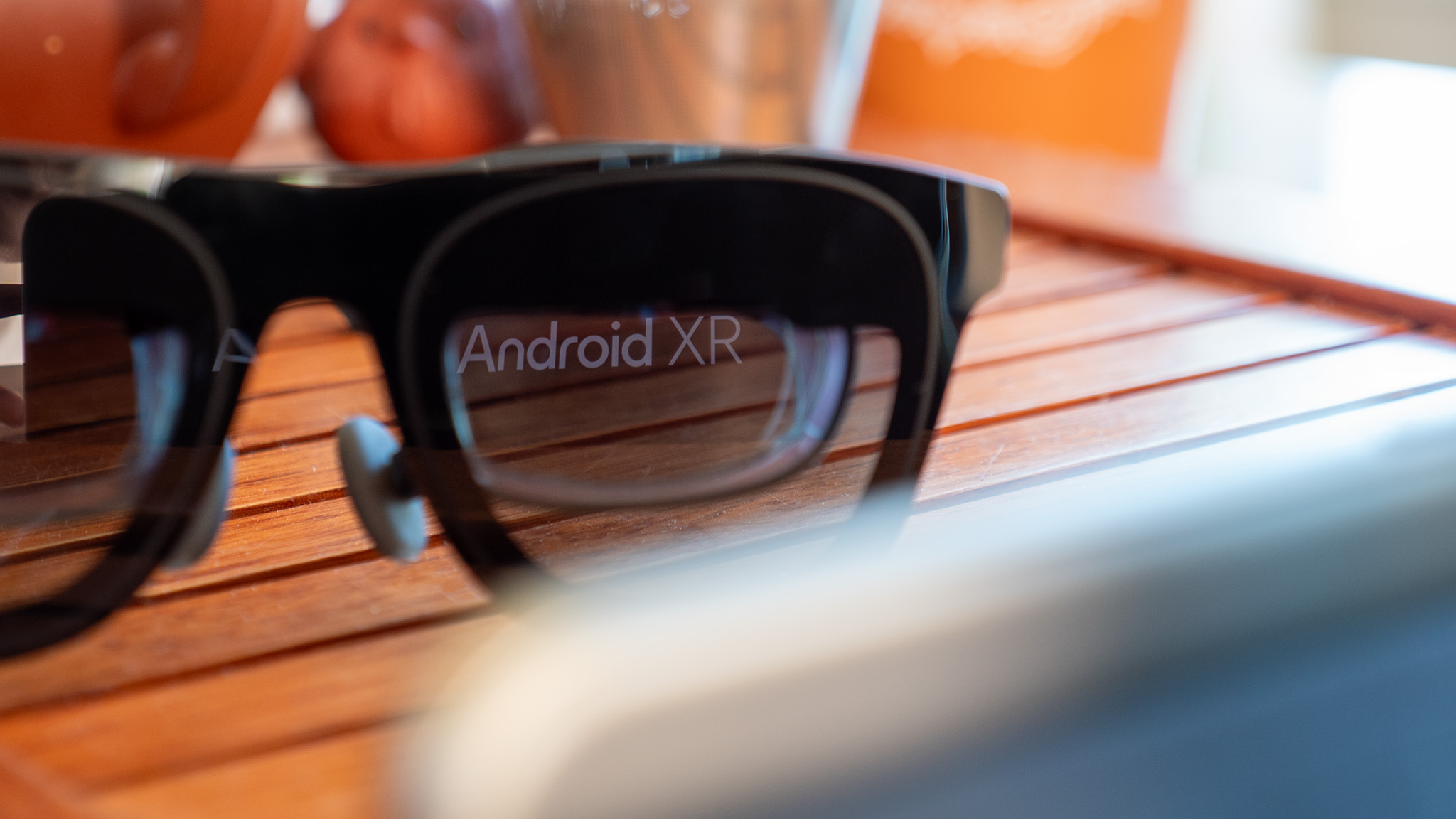Welcome to the world of smart glasses, where confusion reigns supreme. With a dizzying array of options available in the market today, it's easy to get lost in the sea of possibilities. Do you want XR glasses or AI glasses? Do you need a giant virtual display on your face or would you rather be able to take pictures and video from your glasses? These are just a few of the many questions that will keep you up at night when shopping for smart glasses.
One thing is clear: there's no standard for glasses software. It's like navigating a smartphone landscape from the mid-2000s, where the major players don't have a full-fledged operating system that powers their glasses. Instead, it's a hodgepodge of random capabilities, with some glasses supporting spatial tracking out of the box and others needing you to download an app on your phone or computer for that functionality to work.
On the other hand, AI glasses like Ray-Ban Meta smart glasses don't have an OS at all in the traditional sense. While there's an operating system that runs the hardware and connects to your phone, there's no way to interface with it directly as a user. Instead, a middleware program on your smartphone does all the work, including processing Meta AI queries and syncing your photos and videos to the cloud. But every single one of these requires a different app from a different company, and none of them work together.
So what's the fix? Hopefully, Android XR. There's been a big debate in the XR community about whether Xreal Project Aura is a "true" pair of smart glasses or just another "wearable display," as the company's existing glasses are. Xreal didn't exactly give us a lot of details when it unveiled the glasses, but it made one thing clear: these are powered by Android XR.
At its core, Android XR is designed to unify the smart glasses space and provide users with a consistent experience across different devices. With Android XR, you can expect apps and basic features to work seamlessly on any pair of glasses, regardless of whether they have screens or not. This means that you won't have to worry about trying to cobble together a hack job to get your favorite app working.
Android XR will also ensure that all smart glasses are able to run apps from the Google Play Store, just like any other Android device. While some apps may need to be specifically designed for use with smart glasses and smaller screens, the vast majority of experiences will work everywhere.
In terms of hardware, Android XR-powered smart glasses should have access to Gemini, a base part of the OS that offers "assistance and coaching" for users. This means that you can ask Gemini questions and receive helpful information, all while having both hands free. It's like using Gemini Live on your phone, but with the added benefit of augmented reality.
Google has always promised to bring unification to the smart glasses space, and Android XR is a major step in that direction. With Android XR, you'll be able to buy the smart glasses you want without worrying about whether they'll work the way you expect. It's the beginning of a new era for smart glasses, one where they become as ubiquitous as smart watches, if not more so.
